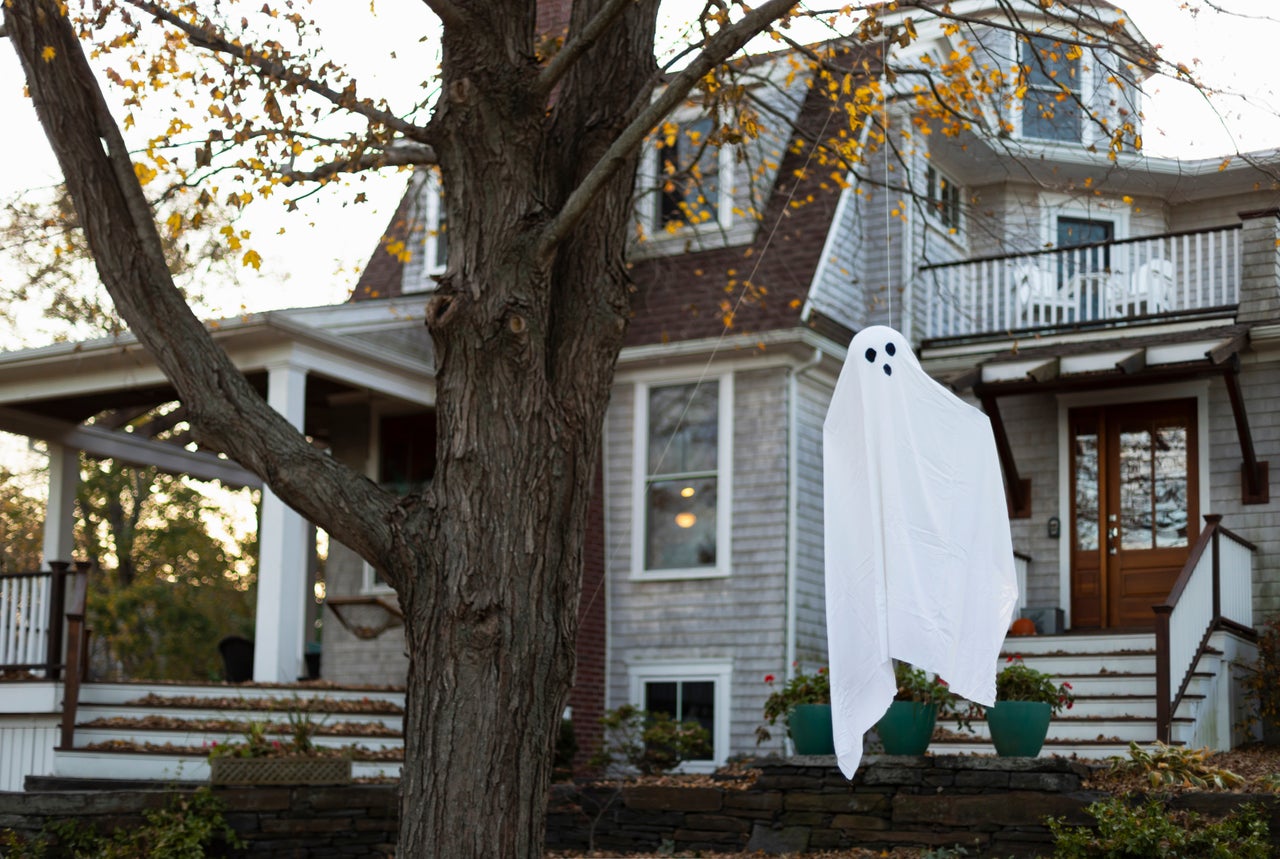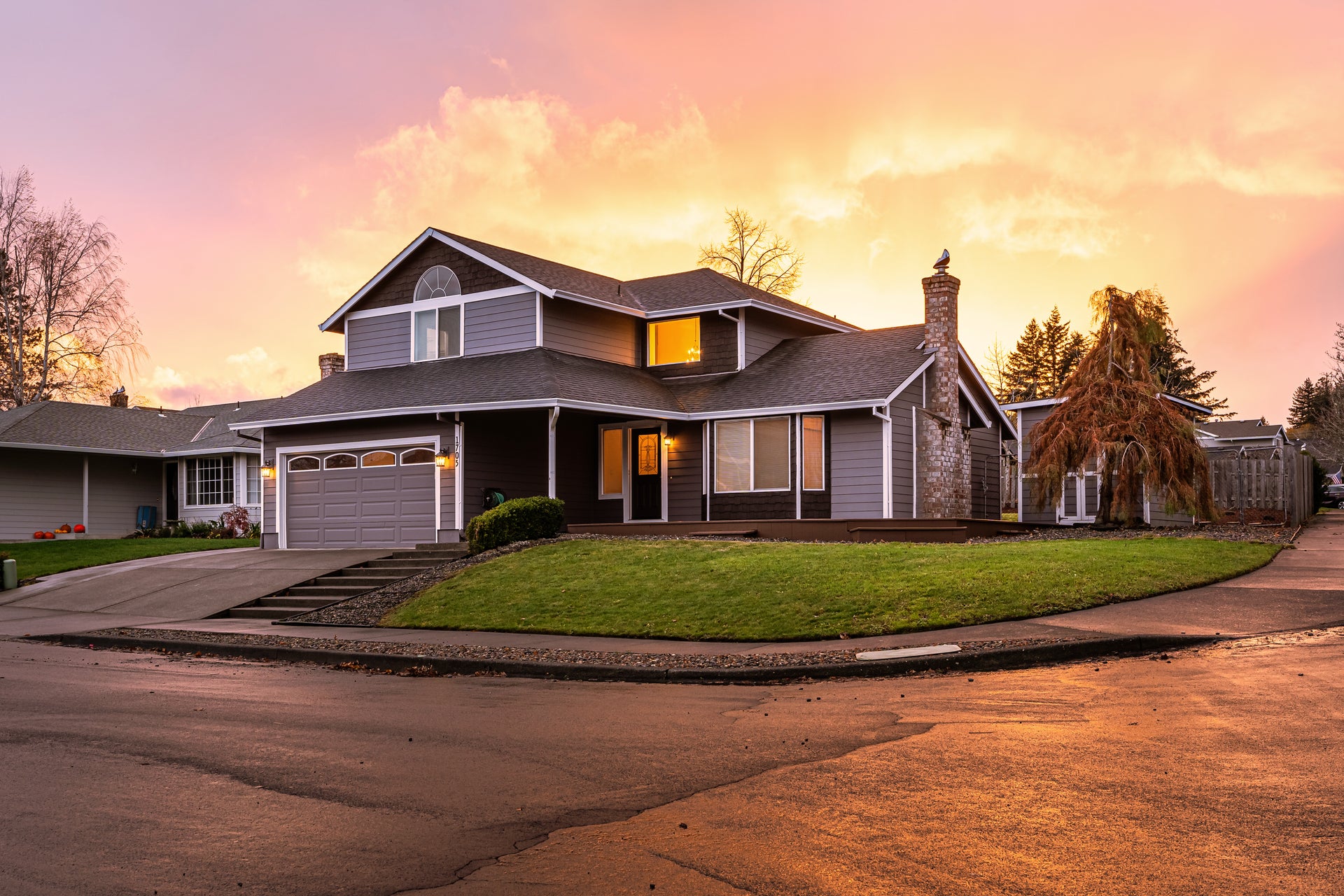
For decades, homeowners built wealth by trading up their homes. A starter home became a family home and eventually, a forever home. Along the way, owners accrued equity and stability through predictable mortgage payments that evolved alongside economic growth. But now that model is faltering.
Over half of homeowners in the U.S. have an interest rate below 4%, according to Cotality data. That's about 2 percentage points under current market rates, which can mean hundreds of dollars of savings on a monthly payment. Those savings are a powerful incentive to stay put.
Golden handcuffs
The mortgage rates offered to homeowners during the pandemic were a historical anomaly. Those who had access are hanging on tight. The Federal Housing Finance Agency (FHFA) estimated that current dynamics have prevented 1.7 million transactions between 2022 and 2024. And this trend is unlikely to change course.
As market uncertainty builds, the job market softens, and home prices remain high, the difference between a monthly payment at 3% interest and a monthly payment at 6% interest on a $400,000 median priced home is a matter of serious consideration.
And that’s just the monthly commitment. There are also higher costs upfront. Cotality uncovered that homebuyers need an additional $200,000 compared to 10 years ago to close on a median-priced home.
Homebuying costs are deterring people from sacrificing stable payments, but even those who want to sell are finding things difficult. The number of for-sale homes is starting to increase. But buyers aren’t biting. Since last year, the number of days that homes linger on the market rose by double digits. Price has become a sticking point, and many deals simply aren’t closing.

The rise of the accidental investor
As more homes go up for sale, more people are finding that the buyer demand isn’t there at the current price point. Some owners choose to respond by lowering the asking price. Others delist their property. Many elect to flip a for-sale listing into a for-rent listing.
The continued leak of single-family homes onto the rental market is increasing competition and beginning to depress rental prices. Landlords across the country only raised rents by 2.3% year over year Cotality data found. This is a much lower rate than the 3.1% average increase a year ago, which has led to an imbalance between purchase price and cash flow for most investor categories.
It also means that newer rental listings may be cheaper than last year. Less expensive living options could increase tenant churn. It may also signal upcoming financial strain for homeowners for whom the choice may soon be between lowering rents or reducing sale price.
Price appreciation: New homes vs existing homes
Data source: Cotality, 2025
The hill faced by first-time homebuyers
While many sellers wait for a more favorable market, demand continues to build. Gen Z is the youngest generation to reach homebuying age, and they’re finding that they’re paying top dollar for stressful transactions. In our From House to Home survey, we uncovered that the lack of affordability was unexpected for many, and this put even more weight on an already high-stakes transaction.
“It surprised me how expensive not just the house is, but maintenance and many inconveniences you have to account for,” a Gen Z buyer told us in the survey.
But there may be a sliver of hope for younger buyers. More inventory means more choice — and bargaining power. Renters’ burdens are lessening, making it easier to save for a down payment. The Fed also lowered interest rates for the first time in nearly a year, opening the door to lower monthly payments even as prices remain elevated.
Still, breaking market gridlock is going to take more than a wait-and-see approach. It will require the right timing.
"There’s no magic bullet here,” said Cotality Principal of Public Policy Chay Halbert.“It’s going to be a question of acting when the signals start to point to the moment where supply, demand, and economic conditions converge.”
Stagnated market timing
People are tired of waiting. Eighty-eight percent of Gen Z buyers said in our survey that buying a home took longer than expected. But it’s not just the time it takes that makes transactions sluggish. It’s overwhelm and a lack of comfort with the process on both sides of the deal.
Why are today’s buyers feeling more discomfort in the homebuying process?
Cotality’s Allie Barefoot talks with Head of Research & Development, Anand Srinivasan.
Sellers want to know that they will recoup their investment. Buyers want to make one without overpaying. Over three-quarters of recent homebuyers told us that the state of the economy will somewhat or greatly impact their decision when it comes to home financing. But unrelenting affordability pressures have led 43% of recent buyers to reassess their location decision entirely. Everyone is looking for confidence in their choice.
Confidence comes from assurance. And assurance comes from trust. Trust begins with timing.
Unsticking the market will require well-timed concessions on both sides. Not doing so risks long-term stagnation.
















.jpg)